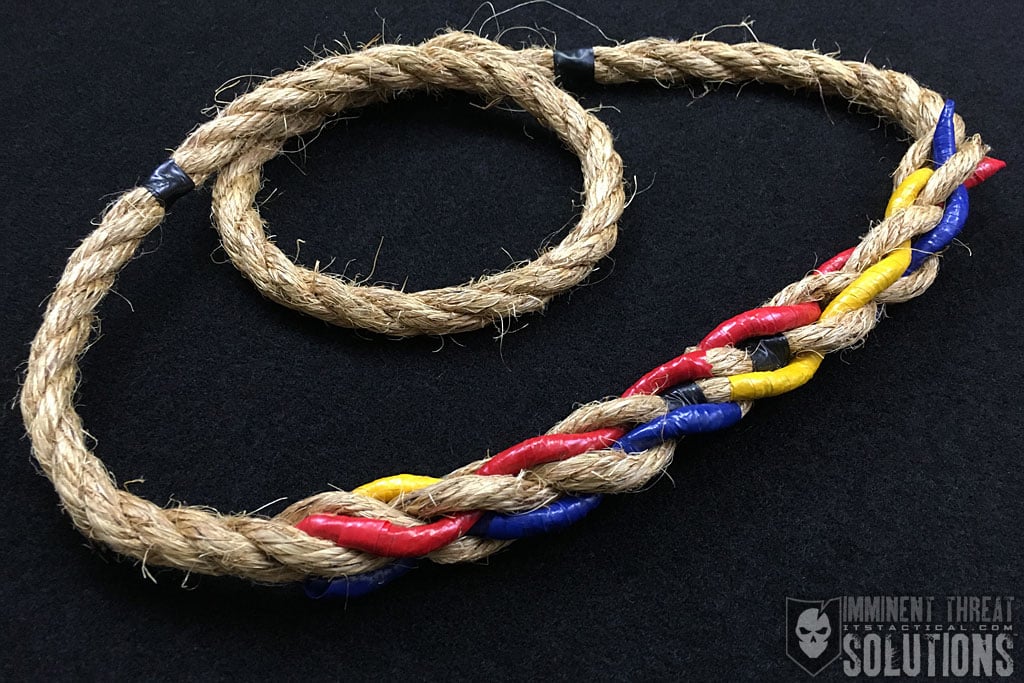

On today’s Knot of the Week I’ll be delving more into splicing and go over the Short Splice. This is really nothing more than splicing two 3-strand natural fiber ropes together. If you were following along on our last video the the Eye Splice, this follows a very similar pattern.
Splicing creates a permanent, secure modification to a rope that maintains the original weight rating and is the preferred way to join natural fiber rope like manilla, jute and sisal together. No matter how strong a knot is, it can always come untied and reduces your line’s weight rating anywhere from 20% to 40% depending on the knot. You can use synthetic rope for splicing as well, you just need to ensure there’s no slipping of the individual strands.
While there are many different kinds of splices, the concept is the same in each. You’re simply separating the strands of the rope and weaving the working ends back into the standing part of the rope. As you’ll see in the video above, my way of remembering this is remembering that each line goes “over” the standing part. It will hopefully make more sense as you watch the video. I also used different colored electrical tape as a training aid, so it’s easy to see what each individual strand is doing as it’s spliced.
(Strength: 5/Secure: 5/Stability: 5/Difficulty: 4) See below for what these ratings mean.
Strength/Security/Stability/Difficulty
Each knot will be assigned a rating from 1-5 (1 representing the lowest score) based on the following four properties:
Strength – All knots will weaken the strength of a rope, however, there are knots that are stronger than others. The scale here will reflect how strong the rope remains with the specified knot.
Security – The security scale refers to how well the knot will stay tied, and resist coming loose under a normal load.
Stability – Stability refers to how easily the knot will come untied under an abnormal load (i.e. the knot being pulled in a direction it was not intended to) A lower score here represents instability.
Difficulty – The lower the number, the easier a knot is to tie.

Do you enjoy witty banter and nostalgic geekdom all while sipping on a fine aged scotch? Then you’ll love our podcast!

Shop the ITS Store for exclusive merchandise, equipment and hard to find tactical gear.

Discussion